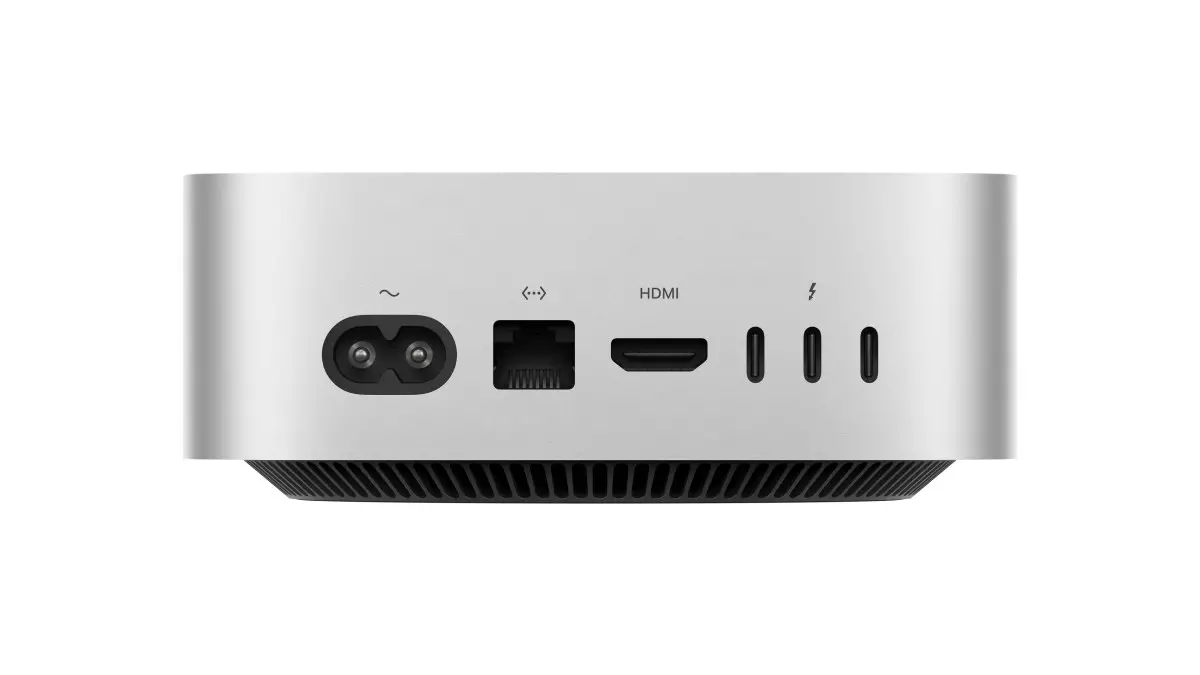As Apple continues to innovate in the realm of computing technology, the recent announcement of the M4 chip has sparked significant attention within the tech community. Positioned as the latest evolution in Apple’s line of in-house silicon, the M4 is making its entrance alongside the compact Mac Mini. This release not only highlights Apple’s ongoing commitment to enhancing performance but also showcases its drive to maintain a competitive edge in both productivity and gaming sectors.
One of the most striking features of the M4 chip is its integration of Thunderbolt 5 technology. This advancement represents a substantial leap in data transfer capabilities, boasting speeds that exceed 273 GB/s, significantly higher than the former Thunderbolt 4 benchmark of 120 GB/s. Moreover, the M4 Pro variant comes equipped with five Thunderbolt 5 ports, elevating connectivity options for users compared to the base M4 model, which retains Thunderbolt 4. This focus on enhancing connectivity is a pivotal step forward, ensuring that users can seamlessly integrate multiple high-speed devices into their workflow.
In terms of processing power, Apple’s M4 chip leverages a 3-nanometer process technology, which is a testament to the company’s relentless quest for optimized efficiency and performance. The M4 Pro variant boasts an impressive configuration of up to 14 CPU cores—10 dedicated to performance and 4 for efficiency—while also offering a GPU that is capable of reaching up to 20 cores. In comparison, the standard M4 configuration features a slightly toned-down performance, with 10 CPU cores and a 10-core GPU. Such configurations are designed to cater to a wide range of users, from creative professionals to casual gamers, promising enhanced computing experiences across various applications.
Apple is aggressively positioning the M4 as a powerful solution for gaming enthusiasts by enhancing its graphics processing capabilities. The newly revamped GPU is claimed to double the performance of ray-tracing operations, facilitating a more immersive gaming experience. This is a significant move for Apple as it strives to transform the Mac into a more robust gaming machine, often regarded as a challenging proposition given the long-standing dominance of other platforms in the gaming landscape.
Despite the cutting-edge technologies and impressive specifications that come with the M4 variants, price points have raised eyebrows. The base Mac Mini with the M4 starts at $599, but the Pro version escalates significantly to $1,399. Such a price tag necessitates consideration by potential buyers, particularly those who may only require basic functionalities. This pricing strategy could redefine user demographics, as it places the M4 Pro in a premium bracket that may limit its reach among standard users.
The introduction of the M4 chip marks a significant chapter in Apple’s ongoing journey to redefine personal computing. With powerful enhancements in processing speed, graphics capabilities, and advanced connectivity options, the M4 aims to cater to a diverse audience while laying down a bold path for future developments. As the rollout date approaches, anticipation builds around how these innovations will reshape user experiences and expand Apple’s influence in both professional environments and gaming arenas. The true test lies in the practical applications of these advancements, which have the potential to redefine what users expect from their Mac experiences going forward.

